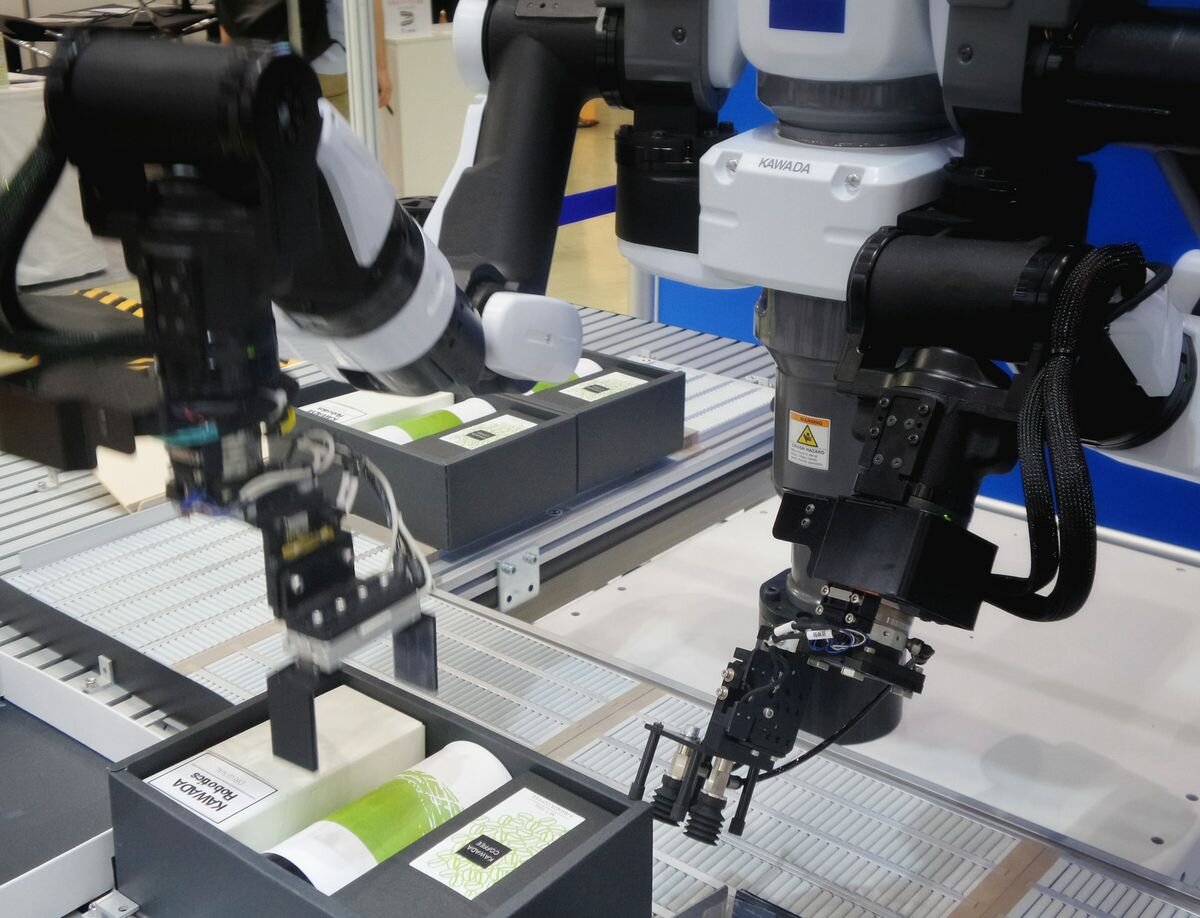#New microscopy method reveals single childhood cancer cells in unprecedented detail

“#New microscopy method reveals single childhood cancer cells in unprecedented detail”

A new technique to look at tumors under the microscope has revealed the cellular make-up of Wilm’s tumors, a childhood kidney cancer, in unprecedented detail. This new approach could help understand how tumors develop and grow, and fuel research into new treatments for children’s cancers.
Scientists at the Princess Máxima Center for Pediatric Oncology developed a new imaging technique and computational pipeline to study millions of cells in 3D tissue, revealing hundreds of features from each individual cell. Their research was published this month in Nature Biotechnology.
By offering a look at individual cells within an intact organ, the new technique helps scientists analyze the molecular profile of the cells, as well as their shape and position within an organ or tumor.
Other techniques to study individual cells require tissue to be cut up into small pieces, sacrificing important information about how tissue is organized.
Spatial information about cells is key in understanding how large tissues are organized, and the relationships between different cell types—to reveal differences between healthy tissue and childhood tumors. Linking such information to clinical outcome data could in future improve diagnosis.
New group of Wilm’s tumor cells
The team led by co-first authors Ravian van Ineveld and Michiel Kleinnijenhuis applied their microscopy technique to compare Wilm’s tumor tissue with healthy developing kidney tissue. They found a group of cells with higher levels of a gene called SIX2, linked to keeping cells in an immature state where they keep growing.
Other tumor cells with high SIX2 levels are linked with a poor outcome after chemotherapy treatment. Further research is needed to explore the clinical relevance of this new group of SIX2 Wilm’s tumor cells—but this finding shows that the new imaging technique can lead to insights that could in future improve treatment.
More data in less time
Cells can be told apart from each other under the microscope by tagging specific molecules with fluorescent particles in different colors. The new imaging pipeline developed by the Rios group at the Princess Máxima Center (Dream3D Lab) doubles the number of colors that can be tagged at the same time from four to eight—meaning the researchers could distinguish cell types much more precisely.
The team also developed a brand new way of processing the enormous amounts of information generated by the microscopy technique. They cut up the information about the whole organ into smaller 3D blocks. These blocks were sent to many computers at once to analyze the data in parallel. This reduced the time to process the large volume of data from multiple days to about two hours—a requirement for bringing the new technique into practice. In addition, the team used deep learning approaches to identify each individual cell in the large dataset with high accuracy.
Link with clinical outcome
The scientists tested their new technique with different molecular tags to look at biopsy material from a childhood central nervous system tumor, as well as breast tumor tissue, confirming that it can be applied in multiple tissue types.
Next, the researchers aim to use their imaging pipeline to analyze more patient samples. Linking their 3D tissue analysis to clinical outcome could lead to better diagnostic tools for children’s cancer.
Dr. Anne Rios, principal investigator at the Princess Máxima Center for pediatric oncology and senior author of the study, said, “Our new single-cell technology marks a key step forward in unraveling the complexities of the way organs and tumors are organized. With our new microscopy technique, you get the best of both worlds: In-depth characterization of individual cells, in the full context of large-scale 3D tissue analysis.
“I look forward to seeing our new technique used to better understand how tumors develop and grow, and perhaps even discover leads for better treatment and diagnosis.”
Ravian L. van Ineveld et al, Revealing the spatio-phenotypic patterning of cells in healthy and tumor tissues with mLSR-3D and STAPL-3D, Nature Biotechnology (2021). DOI: 10.1038/s41587-021-00926-3
Provided by
Princess Máxima Center for Pediatric Oncology
Citation:
New microscopy method reveals single childhood cancer cells in unprecedented detail (2021, June 24)
retrieved 24 June 2021
from https://phys.org/news/2021-06-microscopy-method-reveals-childhood-cancer.html
This document is subject to copyright. Apart from any fair dealing for the purpose of private study or research, no
part may be reproduced without the written permission. The content is provided for information purposes only.
If you liked the article, do not forget to share it with your friends. Follow us on Google News too, click on the star and choose us from your favorites.
For forums sites go to Forum.BuradaBiliyorum.Com
If you want to read more Like this articles, you can visit our Science category.




